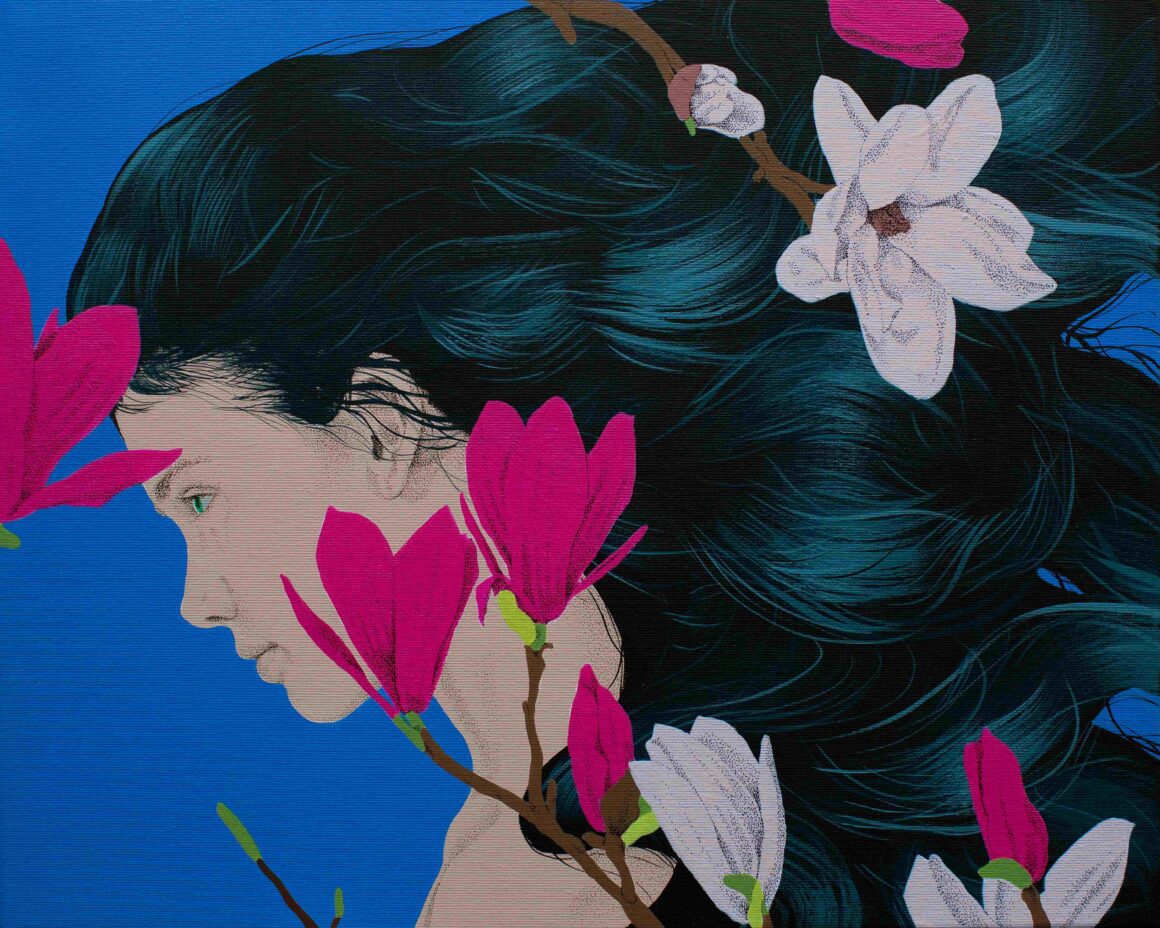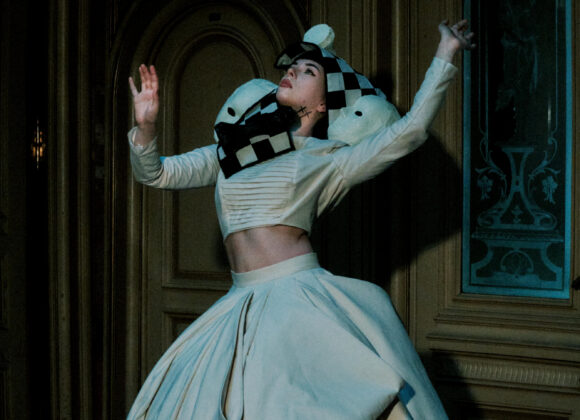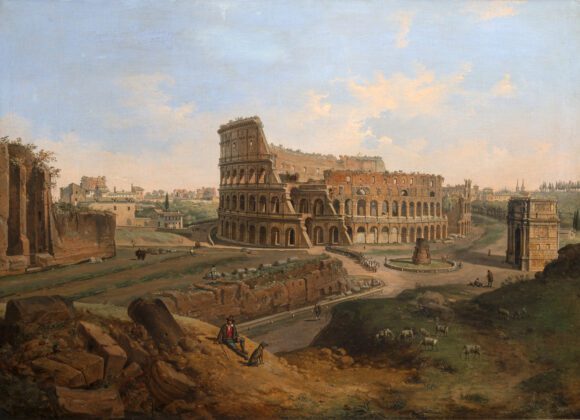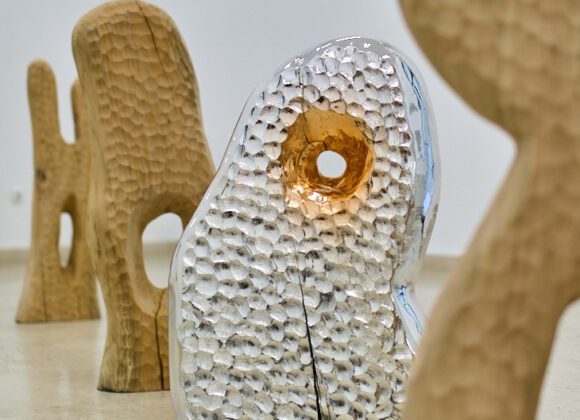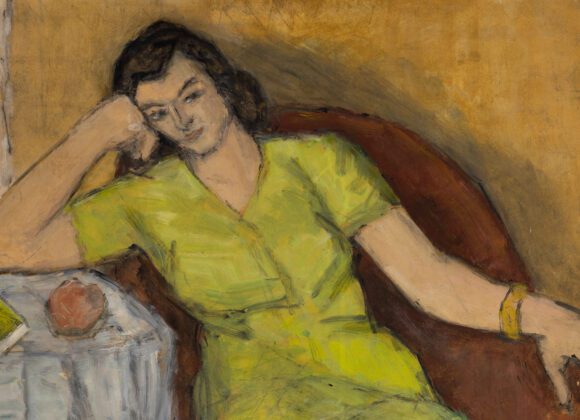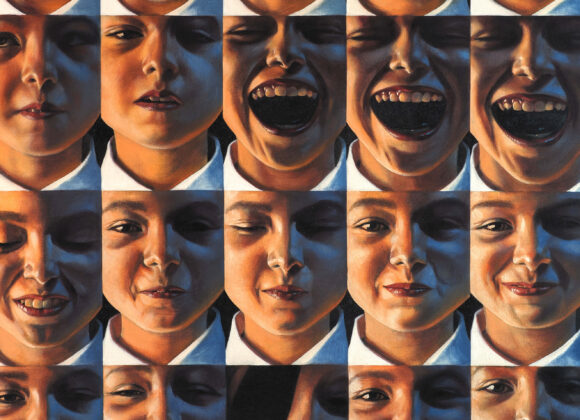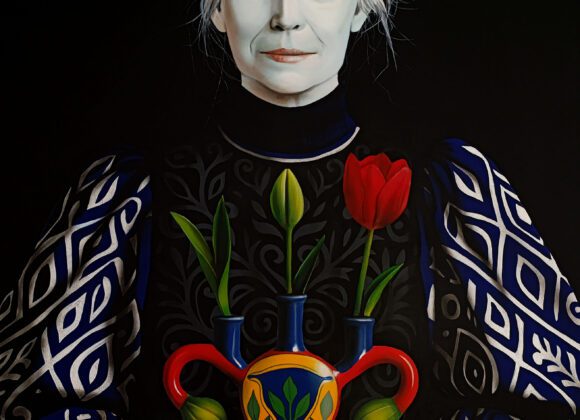Hair Stories
By Elseve L’Oréal Paris
Let your hair tell your story
Sept. 6 – Dec. 15
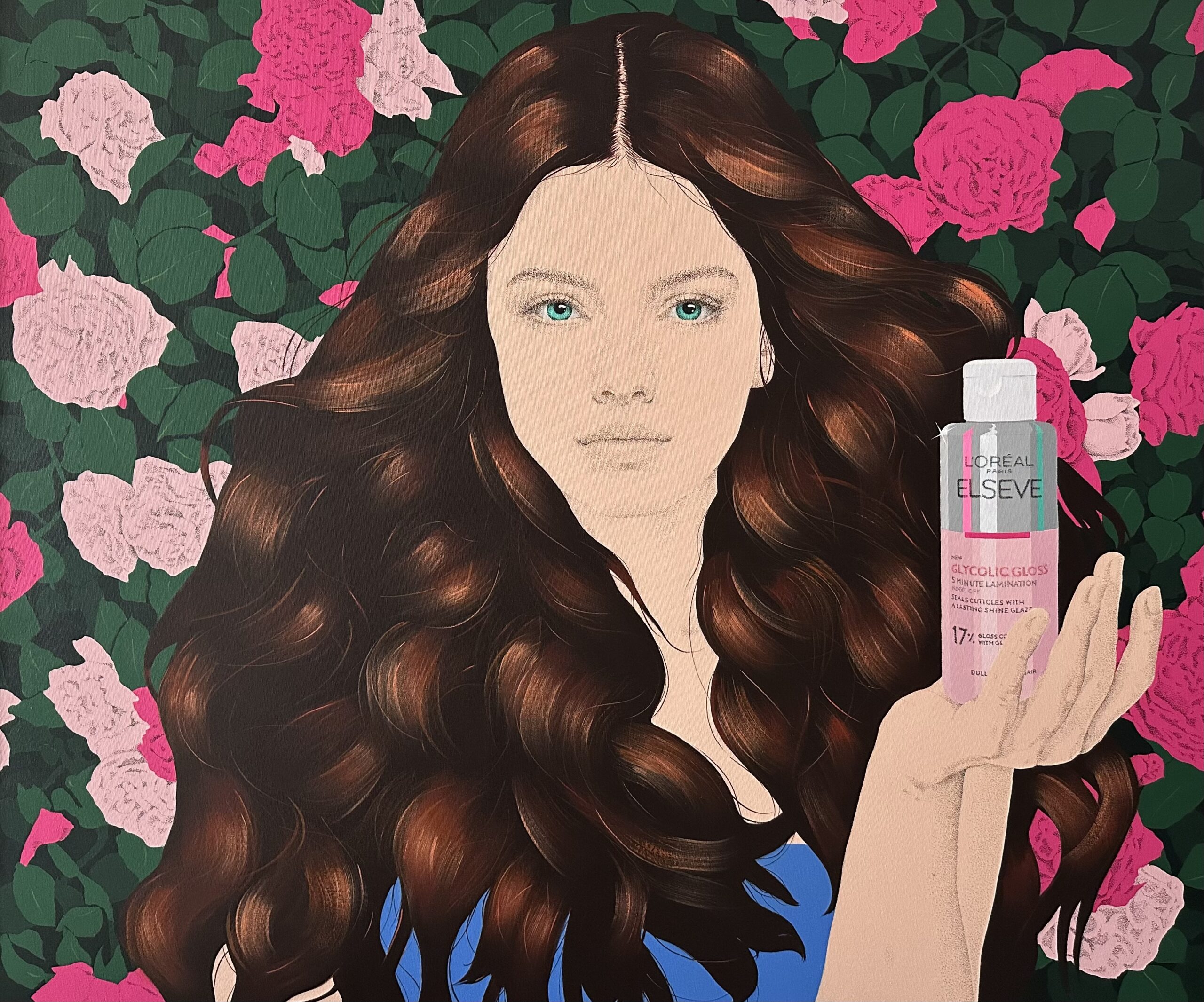
The cultural history of hair is a fascinating way of investigating the connections between human biology, status and social norms, the standards of beauty. Throughout different civilizations and eras, the role of hair has undergone spectacular transformations, surpassing its physiological function to become a framework through which different communities have expressed their cultural, religious and social affiliations. The way hair is exposed or concealed, tidied, arranged or represented in art continues to be relevant to this day, contributing to the definition of group or individual identity. For instance, since ancient times women’s hairstyles have mirrored age, affiliation, religious beliefs, marital status, occupation, economic and social status. In other words, the way hair is presented is not just aesthetic in nature and is not only about how the body can be beautified.
On the other hand, from an anthropological point of view, the very preoccupation with the appearance of the hair is an inherent aspect of human nature. In this case, art history is relevant, for since prehistoric times there have been different types of combs and hairpins, and in the ancient period, sculptures in particular bear witness to the different hairstyles preferred in those times. Even then, exposing one’s hair or covering it could express affiliation to a particular social class or compliance with religious rules (for example, married women of the Roman elite are often depicted with their heads covered). Although the process of taking care of one’s hair is generally an aspect specific to other mammals as well, only humans have historically developed ways of intentionally altering their appearance of their hair.
Throughout history, the hairstyles of men and women have often been different, with more and more variations manifesting with the modern era. Over time, certain styles developed and were defined as “feminine” or “masculine”, with the way hair was arranged becoming a distinguishing feature between the sexes (in many cultures, long hair was a mark of femininity).
But this changed dramatically in the 20th century, particularly in Western cultures. In the 1920s, millions of women adopted the bob cut, blurring the lines between male and female hairstyles. At the same time, also in the 20th century, dramatic transformations inevitably occurred in representations of Western art too. A review of some of the most important models for the depiction of hair in art should include the chaste prototype of Virgin Mary (always with her hair covered), the ideals of female beauty of the Renaissance period (the influence of ancient art and spirituality, with Venus as the most prominent model, with her long, flowing hair), the pre-Raphaelite fascination with long, blond and reddish hair, the strong symbolic meaning of the hair in Gustav Klimt’s paintings and the bold or extravagant hairstyles of women in Toulouse-Lautrec’s works. The artistic discourse of the 20th century brought new perspectives on the hair theme, questioning in particular concepts such as identity and overcoming preconceptions (the specificity of femininity, the standardisation of certain social typologies or the fetishization of the body). Perhaps the most representative work in this respect is Relation in Time (1977), by Marina Abramović and Ulay.
Starting from this fascinating history of hair, the Hair Stories exhibition presents the works of 20 contemporary Romanian women artists, in which hair is the main subject. Images of femininity are captured through a variety of techniques and approaches that move from the oneiric to the symbolic, from works inspired by the TikTok imaginary to the questioning of any feminine prototype (in particular the “fairy” look, with long curly hair). In fact, the Hair Stories by Elseve L’Oréal Paris exhibition shows us that the way we wear our hair reflects who we are, both socially and individually.
Text Cristian Vechiu
Français
L’histoire culturelle des cheveux représente une méthode fascinante pour explorer les relations entre la biologie humaine, le statut et les normes sociales, ainsi que les critères de beauté. À travers différentes civilisations et époques, la signification des cheveux a connu des transformations spectaculaires, dépassant la fonction physiologique pour devenir un cadre à travers lequel diverses communautés ont exprimé leurs affiliations culturelles, religieuses et sociales. La manière dont les cheveux sont exposés, cachés, entretenus, portés ou représentés dans l’art reste pertinente jusqu’à aujourd’hui, contribuant à la définition de l’identité de groupe ou individuelle. Les coiffures des femmes, par exemple, ont reflété depuis les temps anciens l’âge, l’appartenance, les croyances religieuses, l’état civil, la profession, le statut économique et social. En d’autres termes, la manière de présenter les cheveux n’a pas seulement un caractère esthétique et ne se limite pas au simple embellissement du corps.
D’un autre côté, l’attention portée à l’aspect des cheveux constitue, d’un point de vue anthropologique, un aspect inhérent à la nature humaine. Dans ce cas, le recours à l’histoire de l’art est pertinent car dès la préhistoire, nous trouvons différents types de peignes et d’épingles pour les cheveux, tandis que dans l’antiquité, les sculptures témoignent des différents styles de coiffure utilisés à cette époque. Cependant, même dans l’antiquité, le fait de montrer ou de couvrir ses cheveux pouvait exprimer l’appartenance à une certaine classe sociale ou le respect de normes religieuses (comme dans le cas des femmes mariées de l’élite romaine, souvent représentées avec la tête couverte). Bien que l’acte de toiletter les cheveux soit un aspect partagé par d’autres mammifères, seuls les humains ont développé au cours de l’histoire des méthodes pour modifier intentionnellement l’aspect de leurs cheveux.
Au cours de l’histoire, les coiffures des hommes et des femmes ont souvent été distinctes, avec des variations de plus en plus marquées à l’époque moderne. La manière de porter les cheveux a progressivement cristallisé certains styles qualifiés de “féminins” ou “masculins”, la manière de se coiffer devenant un élément de distinction entre les sexes (dans de nombreuses cultures, les cheveux longs étaient une marque de féminité).
Cependant, cela a radicalement changé au XXe siècle, notamment dans les cultures occidentales. Dans les années 1920, des millions de femmes ont adopté le style “bob”, brouillant ainsi les frontières entre les coiffures masculines et féminines. En même temps, au XXe siècle, des transformations spectaculaires se produisent inévitablement dans les représentations artistiques occidentales. Une rétrospective de certains des modèles de représentation les plus importants des cheveux dans l’art devrait inclure le prototype chaste de la Vierge Marie (toujours avec les cheveux couverts), les idéaux de beauté féminine de la Renaissance (influencés par l’art et la spiritualité antiques, Vénus étant le modèle par excellence, avec sa chevelure abondante, longue et lâchée), la fascination des préraphaélites pour les cheveux longs, blonds et roux, les fortes connotations symboliques des cheveux dans les peintures de Gustav Klimt, et les coiffures audacieuses ou extravagantes des femmes dans les œuvres de Toulouse-Lautrec. Le discours artistique du XXe siècle a apporté de nouvelles perspectives sur le motif des cheveux, problématisant notamment des concepts tels que l’identité et le dépassement des préjugés (la spécificité féminine, la normativité de certains types sociaux ou la fétichisation du corps). L’œuvre la plus représentative de ce point de vue est peut-être “Relation in Time” (1977) de Marina Abramović et Ulay.
Partant de cette fascinante histoire des cheveux, l’exposition Hair Stories présente les œuvres de 20 artistes contemporaines de Roumanie, dans lesquelles les cheveux constituent le motif principal. Les facettes de la féminité sont capturées à travers diverses techniques et approches qui passent de l’onirique au symbolique, des œuvres inspirées par l’imaginaire de TikTok à la problématisation de tout prototype féminin (en particulier l’apparence de la « fée » avec des cheveux longs et bouclés). Hair Stories by Elseve L’Oréal Paris est, en fait, une exposition qui nous montre que la manière dont nous portons nos cheveux parle de nous, tant au niveau social qu’individuel.
Text Cristian Vechiu
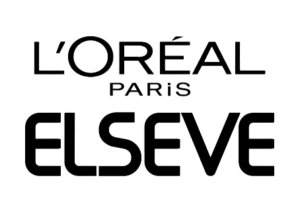
More exhibitions

